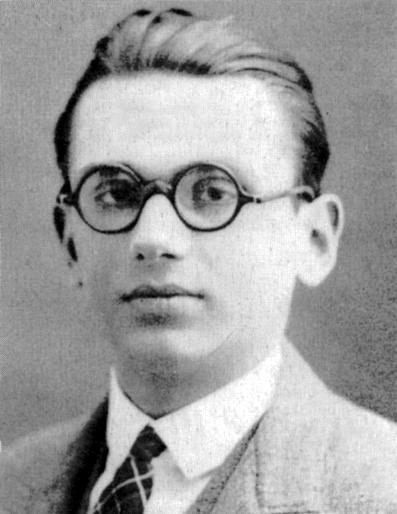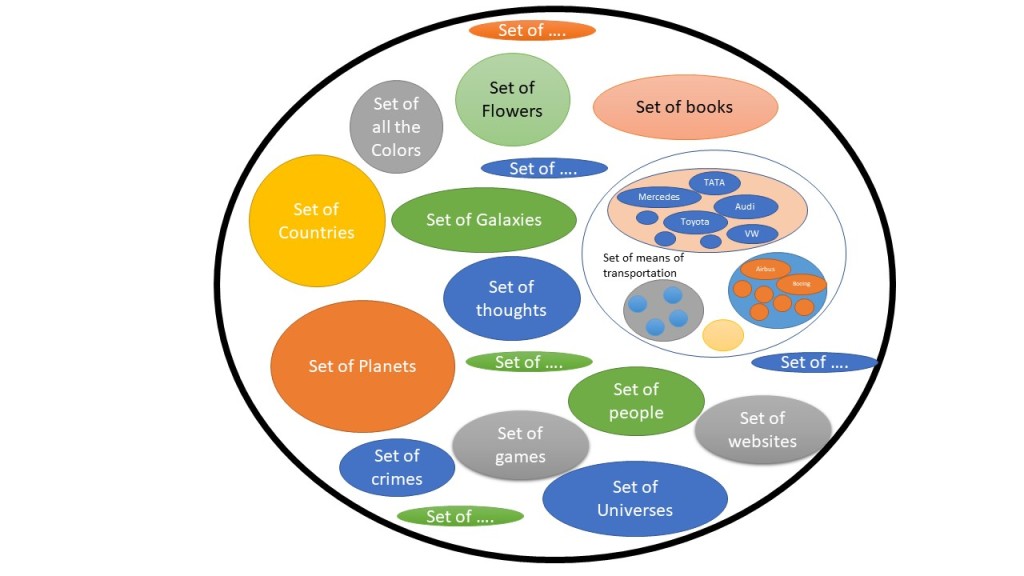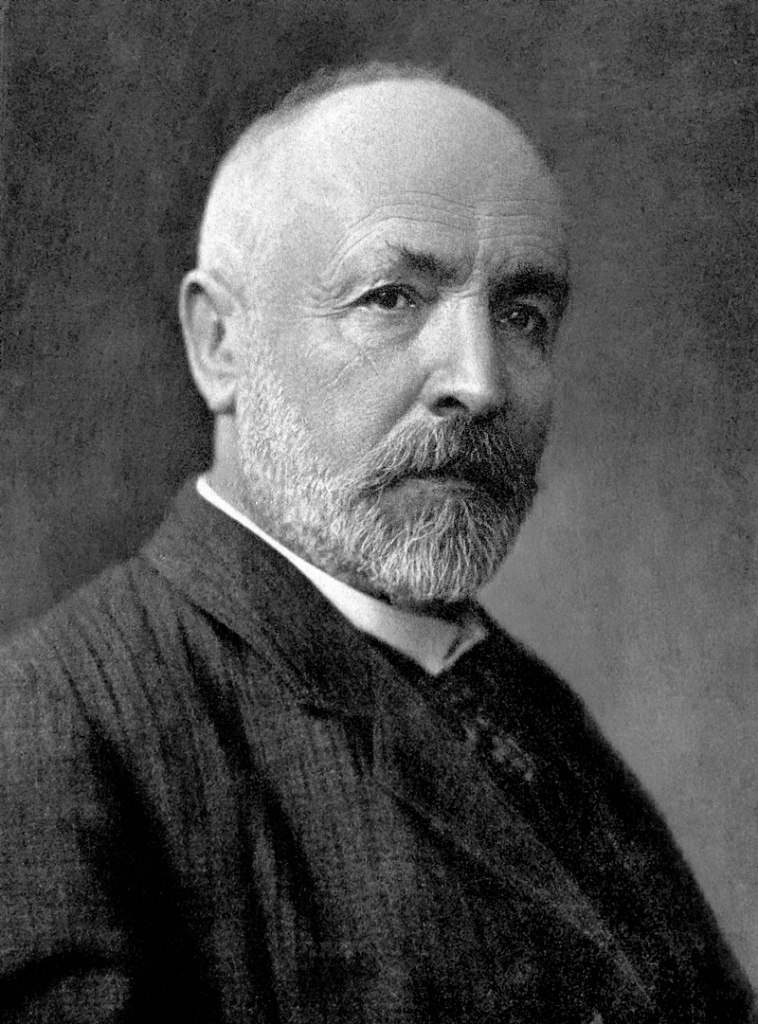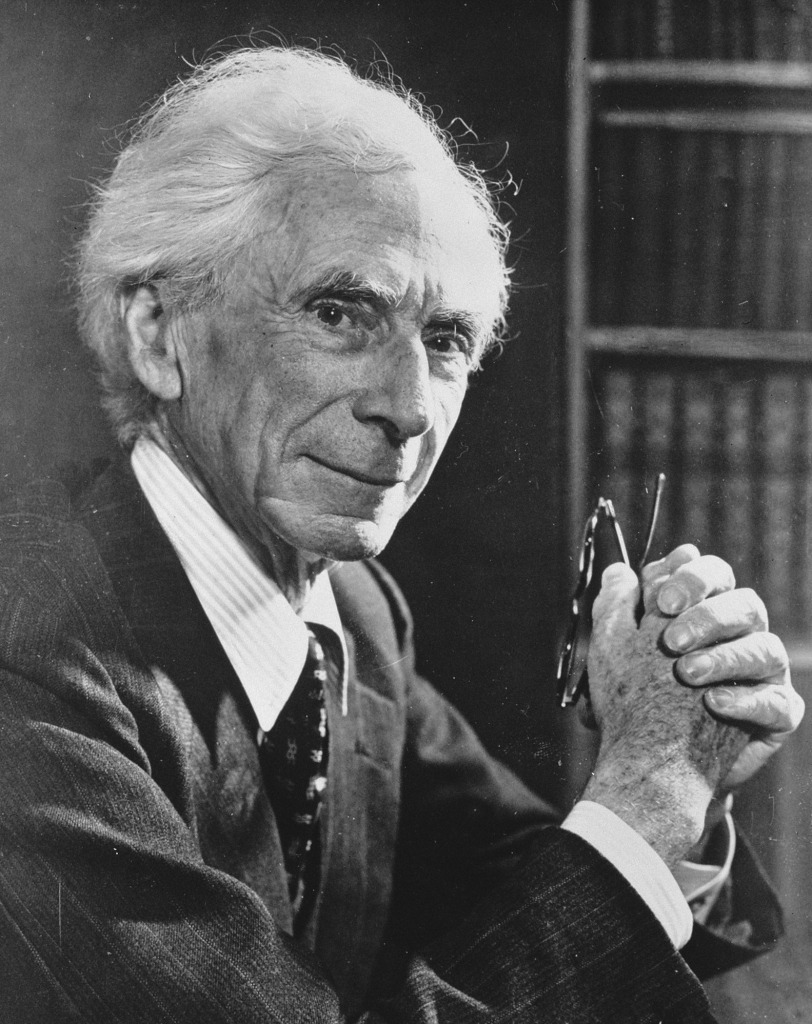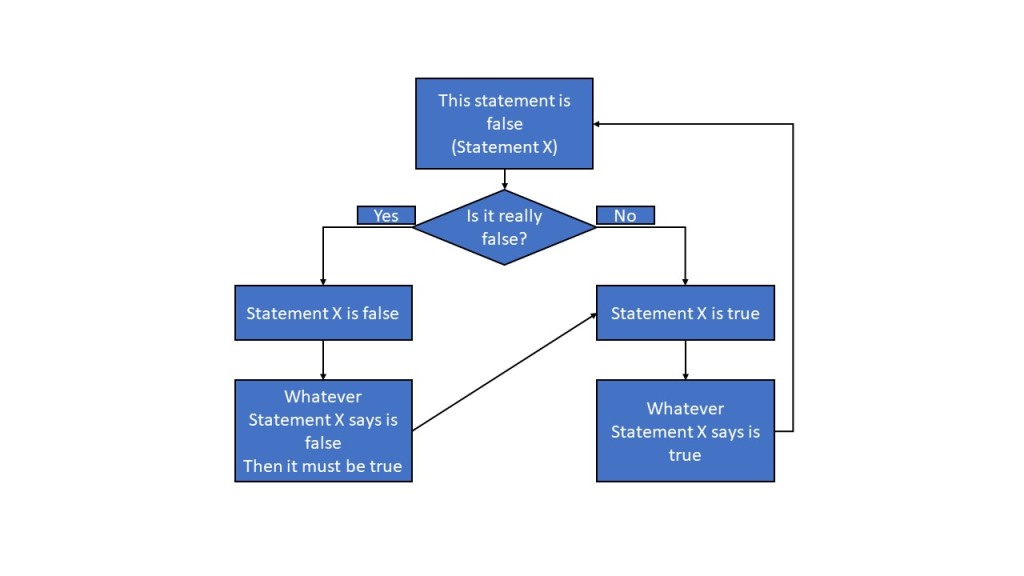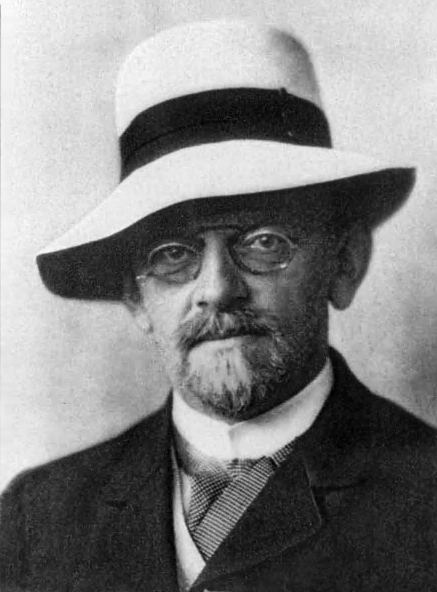Internet has literally exploded the branches of knowledge and made it accessible to any class, caste, creed, race, gender. We already owe to such technological revolutions for making knowledge truly accessible to everyone who desires to gain it. We all know the accessibility of knowledge was not open to such extents before. History has examples where certain class/group of people were restricted from not studying certain or all fields of knowledge. Starting from the early times in the popular history of knowledge, women were not supposed to study, take interests in the philosophical, technological ventures. You will find very few examples of female philosophers, scientists from the pages of history. Only in the recent century the liberalization of knowledge, awareness and realization of people thereby the social policies and advancements in technology have made knowledge accessible to all, especially women.
Today, I will be discussing about one such woman who is still not famous in mainstream and defied all the odds in her times to not only acquire but to contribute in our understanding of nature especially in the field of Mathematics.

This is about one of the greatest female mathematicians, physicists in the history of mankind called Sophie Germain. (Pronounced as jer-maw as in French)
The thing with mathematics is about the undefeated beasts it still holds. Given that most of us are already dreaded about the uncertainty of understanding/ failure/ lack of interest mathematics brings with it, any one unsolved problem till date in mathematics is enough to give an existential crisis to some of the greatest minds. Some of them are listed in Millennium problems and please note that the number of unsolved problems in mathematics in not finite and can haunt you forever. (Hence, Ignorance is bliss.)
One such problem haunted generations and generations of mathematicians and was supposed to haunt forever. It was the proof to the Fermat’s Last Theorem. The problem remained unsolved for centuries and whole efforts of mathematics were spent to prove it. Many greatest mathematicians, sharpest minds thought that it was unsolvable and left it as an unfruitful and wasted venture.
Finally, the problem was solved in 1995 by British mathematician Andrew Wiles. How he did that will be story for another time.
The important thing for this discussion is about the woman who took the first intellectual leap to crack “the easiest to understand but the most difficult to crack problem” in the history of humanity and mathematics. The times when she did this, mathematics was not the field for women. Women were not expected to study mathematics. I those times, woman were only expected to be “informed” (not study) about mathematics – rather scratch the surface of mathematics only to have an interesting conversation with men in parties, functions, meets.
The problem
Fermat’s Last Theorem states that for equation,

There exists no whole number solution for n>2.
The easiest and famous equation sitting in the neighborhood of this equation is the Pythagoras’s Equation for the hypotenuse of right-angled triangle, where x, y are the sides of right angle and z Is the hypotenuse of the triangle.

The problem is that this equation cannot be solved to whole number values of x, y and z if the value of n is larger than 2. The challenge is to prove that this is true. One can keep on substituting many values of x, y and z in order to check the output of values. If they are not getting the whole number solution then they can prove that the idea is true.
But mathematics does not work in that way. Even if you have computers to crunch the numbers, they cannot do it for eternity to infinity of numbers. Mathematics demands the rigor and logical proofs (not the experimental ones as in science) to prove any idea. If it is not proven logically and if there is no anomaly found for the idea then it is categorized as a conjecture.
In the old times, mathematicians actually hand-calculated the numbers to check whether Fermat’s last theorem holds true or not but could not find the real proof for the problem. The attempts done were for single values of n as in substituting values of n as 3, 4, 5 and so on.
The tricky part was that, it is itself difficult to prove the Fermat’s Last theorem for single value of n.
For n=3, one would still have to consider the infinite combinations of x, y, z to prove by mere number crunching. Even if every single human being solves the problem for each value of ‘n’ individually (which is impossible in itself), still it cannot be proven for all cases.
So, what every mathematician was doing was trying to prove the problem for specific case of certain value of ‘n’ in this equation. Meaning that everyone was solving the problem for the special case and it was difficult the generalize the solution, the proof.
The leap of generalization in Fermat’s Last Theorem
It was Sophie Germain, a woman mathematician amongst all men mathematician who made first successful attempt to generalize the proof of Fermat’s Last Theorem. The idea is based on certain prime numbers which are grouped as Germain Primes.
The strategy to prove Fermat’s Last Theorem was to prove the theorem for all prime number values of ‘n’. Prime numbers are building blocks of the all numbers in number theory. The are like smallest indivisible parts in numbers which cannot be divided into smaller numbers except themselves and one. It is already established and proved in mathematics that there are infinite numbers of prime numbers. It is very impractical to solve the Fermat’s Last theorem even from prime numbers one by one as they too are infinite.
What Sophie Germain did is to find a trend in the prime numbers and prove the theorem for such prime numbers. It is said that she got this idea from her factorization formula which is now known as “Sophie Germain factorization Identity”.

Here, you can notice that the last two steps tell us that this represents the number as its factors. If this single number (sum of 4th powers of two numbers) already has two whole number factors, then it cannot be prime as per the definition of prime numbers. The same idea can be used to check whether certain sums of numbers are prime numbers are not.
The insight from this identity is that, it can be used to check the 4th power of equation in Fermat’s Last theorem if some adjustments are made. This same idea is reflected in the Sophie Germain’s attempt to prove the Fermat’s Last Theorem for a set of prime numbers.
Sophie Germain attempted the proof for some prime numbers today known as Sophie Germain primes.
A number ‘p’ is called as Germain prime if n=2p+1 also gives a prime number.
For, prime number p=2, new number n=2(2)+1=5 which is prime hence p=2 is Sophie Germain Prime.
For prime number p=3, n=2(3)+1=7 which is again prime hence p=3 is Sophie Germain Prime
But,
For prime number p=7 gives n=2(7)+1=15 which is not prime number hence 7 is not a Sophie Germain Prime.
So, if we adjust the Fermat’s Last Theorem equation to Germain Primes, we can develop some interesting insights.
Using the understandings from the Sophie Germain Identity and comparing them with the result above we can understand that as in Sophie Germain identity 4 as a coefficient and power of b, some solution exists.
Meaning that in order to have a solvable whole number solution to Fermat’s Last Theorem, either x, y or z needs to be multiple of the power to which they are raised i.e., ‘n’. And as this identity proves the composite (non-prime) nature of numbers from its outcome in most cases, there is possibility that the solutions will not be whole numbers and hence Fermat’ last Theorem Equation cannot have whole number solutions for n>2.
The most important aspect of this approach was that the idea does not discuss Fermat’s Last Theorem for certain value of n. It generalizes the equation for many numbers which was never done by any mathematician before.
Even more important than that was such progressive breakthrough in mathematics was established by a woman who was not expected to even study it. The times when Sophie established this breakthrough in mathematics, we must understand that women were discouraged from studying mathematics and it was assumed that math was “beyond their mental capacity”.
The Life of Sophie Germain
Marie-Sophie Germain was born in France in 1776 (almost 140 years after establishment of Fermat’s Last Theorem) in a house of a wealthy silk merchant. When she was 13, the French Revolution took the course of things and due to such sensitive environment, she was restricted to stay inside the house. The books in her father’s library became her friends where she was intrigued by the story of the death of Archimedes. (Archimedes was killed by a roman soldier only because he was so engrossed in his thoughts on a geometric figure that he could not answer the soldier’s question).
“How can a subject create such interest in a person that he couldn’t even think about his death!” was the curiosity which brought Sophie closer to mathematics. Though her times and parents would not allow her to study mathematics, she continued her journey alone to explore and learn mathematics. (Her parents tried removing warm clothing and candles from her room so that she will give up on studying mathematics but she continued her studies further).
As mathematics was not destined for women in her times, Sophie enrolled herself in the name of a man called as Monsieur Antoine-Auguste Le Blanc in École Polytechnique. She need not to attend the courses in person as the education was also available in the form of lecture notes. She audited the courses from the lecture notes hiding behind the name of a man Monsieur Le Blanc and completed her education.
Her intellect impressed one of the famous mathematicians and the instructor in École Polytechnique- Joseph-Louis Lagrange. The answer sheets, problem solving skills piqued interest of Lagrange to meet Monsieur Le Blanc in person where he found out that the problem solver is not a man but a woman called Sophie Germain. Good thing for mathematics, Lagrange became her mentor.
Carl Friedrich Gauss, the (as in “THE”) greatest mathematician of all times had also tried cracking the Fermat’ s Last theorem but left the pursuit as a hopeless one. Sophie Germain tried to explain her approach to solve the Fermat’s Last Theorem to Gauss through her letters as Monsieur Le Blanc. The approach of Sophie Germain again activated Gauss’s interest in Fermat’s Theorem and also he too was shocked upon her reveal as a woman.
“when a woman, because of her sex, our customs and prejudices, encounters infinitely more obstacles than men in familiarizing herself with [number theory’s] knotty problems, yet overcomes these fetters and penetrates that which is most hidden, she doubtless has the noblest courage, extraordinary talent, and superior genius.”
Carl Friedrich Gauss on Sophie Germain
Gauss and Sophie never met in person. Gauss actually made attempts at universities to grant her an honorary degree.
Sophie Germain and The Eiffel Tower
After Fermat’s Last theorem, Sophie tried herself in the development of theory of elasticity in a contest by Paris Academy of Sciences to develop a mathematical theory of vibration and elasticity. She was contested by the Simeon Poisson (known for Poisson’s Ratio). Later on, published works of Poisson’s on elasticity contained some works of Sophie Germain where she was not acknowledged.
In her third attempt to win the contest, after eliminating the errors and consulting with Poisson she published her theory and won the prize. She still was not able to attend the sessions of academy as the only women allowed were the wives of the members of the academy. After seven long years of membership, already having proven herself, Sophie attended the academy sessions because her friend and then secretary of the academy Joseph Fourier made the tickets available to her.
She had tried to republish her studies in elasticity separately after correction of errors to prove her worth against the works of Poisson. The academy still considered her work as trivial and they didn’t want her to entertain her further and rejected it. After the recommendation of famous mathematician and engineer Augustin-Louis Cauchy (known for Cauchy’s Integral Theorem), she published her work.
The same work on elasticity contributed to the development of an engineering marvel “Eiffel Tower” in Paris. She was not acknowledged even here.
The contribution of Sophie Germain to number theory was only revealed only because of a mathematician Adrien-Marie Legendre where he acknowledged her approach to prove Fermat’s Last Theorem.
Sophie Germain died of breast cancer aged 55 (June, 1831). She was the first woman who was not wife of a member to attend the French Academy of Sciences. She received her honorary degree posthumously from University of Göttingen in 1837 (6 years after her death)
The French Academy of Sciences started Sophie Germain Prize in 2003 in her name to honor her contribution to French Mathematicians.
Further Readings:
- Sophie Germain, The Princess of Mathematics and Fermat’s Last Theorem by Hanna Kagel, Georgia College and State University
- Sophie Germain and Special Cases of Fermat’s Last Theorem by Colleen Alkalay-Houlihan, Mathematics and Statistics, McGill University Canada
- Sophie Germain Identity- Brilliant.org
- Fermat’s Last Theorem by Simon Singh
- Photo of Sophie Germain from wikipedia
- Sophie Germain- Wikipedia
- Sophie Germain- MathTV- YouTube



